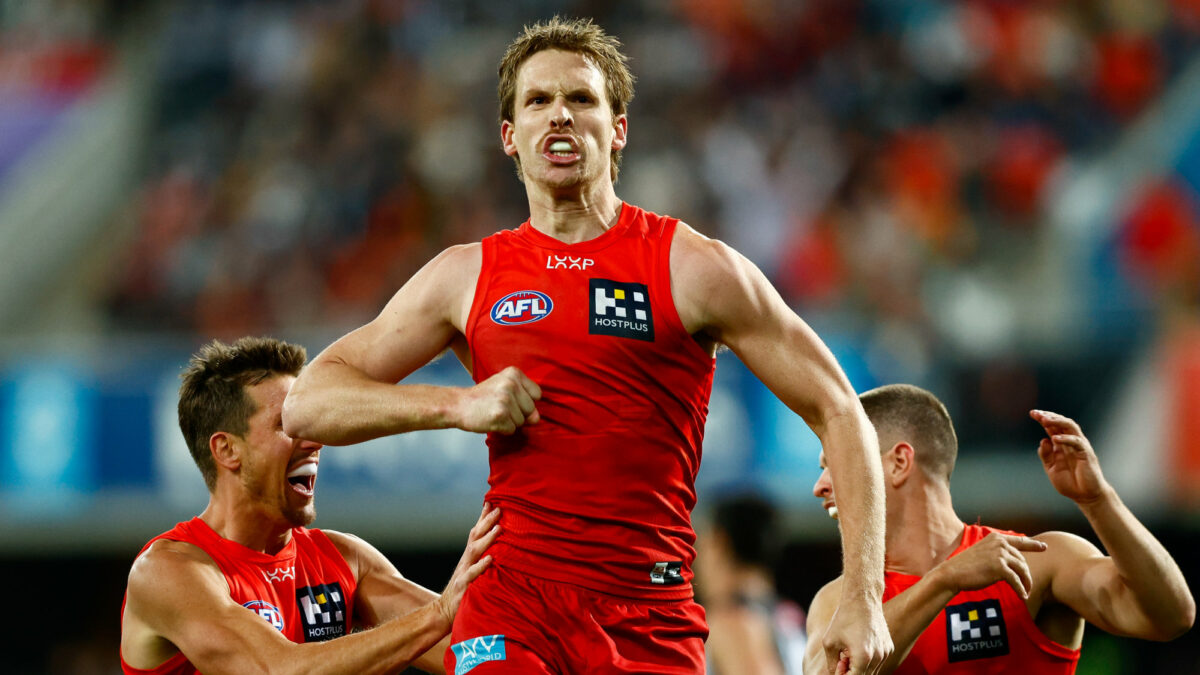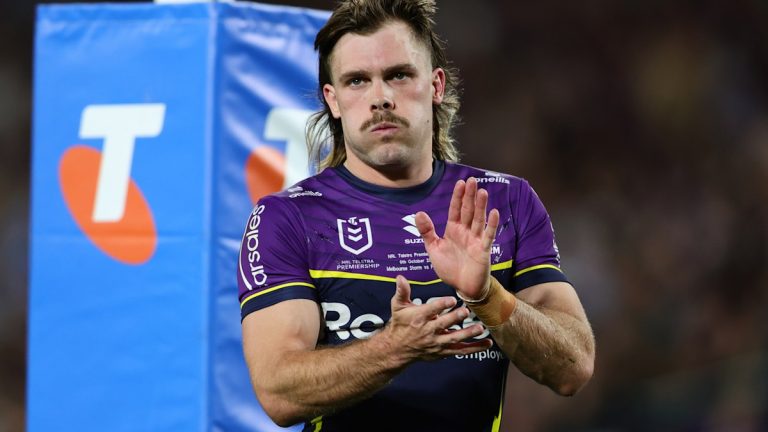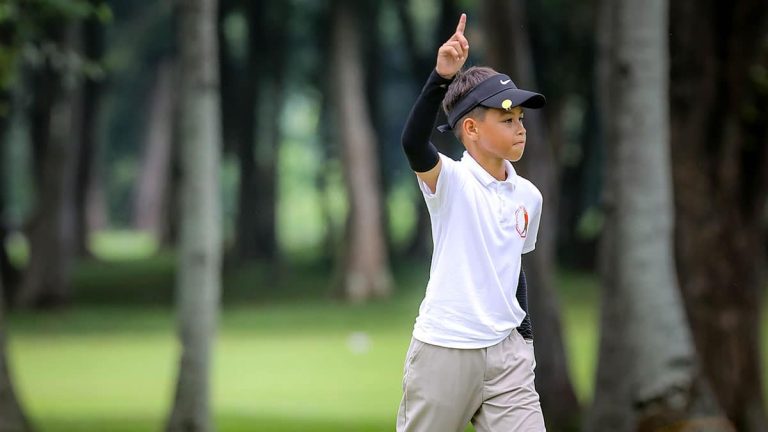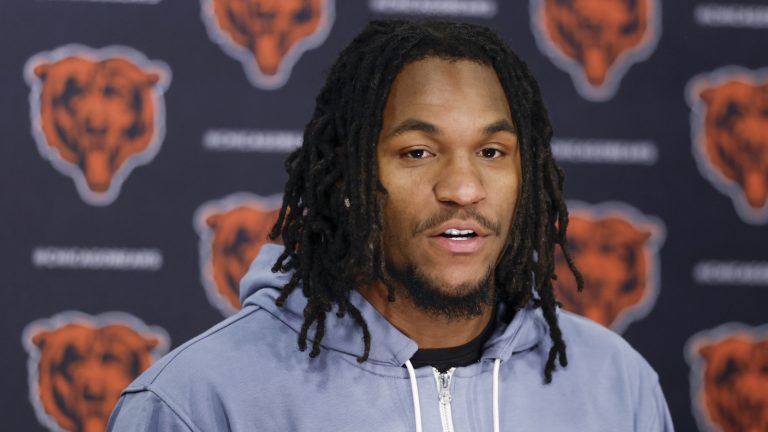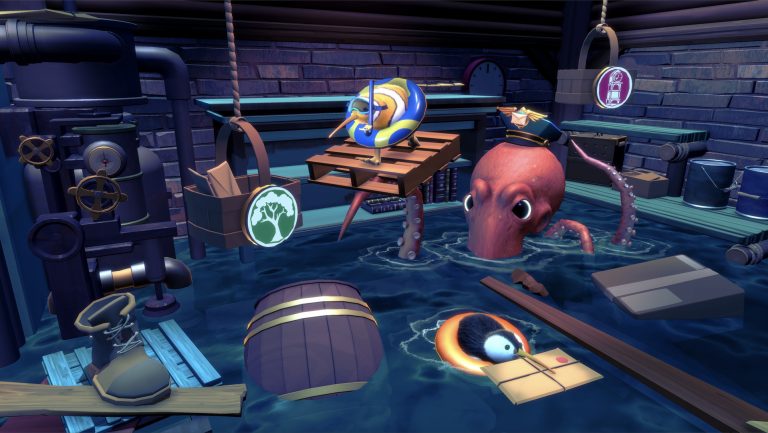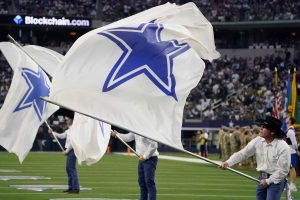As Noah Anderson burst through the middle last Friday night to give, go, get back and goal, Hawthorn supporters over the age of 40 could be forgiven for cursing.
Anderson goal was the answer to the extraordinary last quarter challenge laid down by Collingwood’s Josh Daicos, who had 16 disposals and two goals to very nearly drag the Magpies to an extraordinary comeback win.
A box office finish, but also a prescient reminder for clubs not to mess with their father-son drafting possibilities when two sons of guns could orchestrate such a climatic finish.
At the tail end of 1992, Rohan Connolly reported Noah’s father Dean Anderson comments as he was suddenly traded from the Hawks.
“They’re desperate for another tall key position player… and they have an abundance of running players. I can see their argument totally – it’s just hard that they have to do it that way,” the elder Anderson said.
At the time Anderson was 25, had played 83 games for the Hawks, had represented Victoria and had two premiership medals.
He had been one of the Hawks’ best with four goals in the famed 1989 Grand Final.
But a poor finish to 1992 where he was relegated to the bench had him shipped out, along with teammate Chris Wittman, for young St Kilda prospect Tim Allen.
The loss of Anderson would cause fractures at the Hawks in the moment, so much so that it was directly addressed in the club’s annual report.
“I understand all of the emotion over Dean Anderson’s departure,” wrote coach Alan Joyce.
“But we had to make that decision because we knew we could not get what we wanted in the National Draft.”
Allen would not provide the home improvement Joyce wanted at Hawthorn, only playing 11 games. Anderson would play another 67 at the Saints.
Of course, Joyce and the Hawks did not own a crystal ball. Yet it seems certain that if Anderson stayed, he would have played at least 17 more games. Today, his superstar son would be running around in the brown and gold.
As the leader of the AFL Coaches Association player of the year voting, it’s not too big a stretch to say that 1992 trade could help decide the 2025 premiership race.
On the flipside, Josh Daicos is another poster boy for the fruits of giving father-son prospects more time than garden variety draftees.
While brother Nick, who Collingwood insiders say was better physically prepared for AFL football than any draftee they had ever seen, was a virtual number one pick, it’s easy to forget that Josh slipped all the way down to 57.
To outsiders,. Josh’s first three years and 17 generally unremarkable games gave no hint at what he may become. Questions were asked: if his name wasn’t Daicos, would he have been persisted with?
With Nick on his way, though, there was no chance Collingwood would give up on big brother that soon.
It’s not just Josh: there is a stack of evidence where sons of former champions have taken their time before blossoming into matchwinners. It’s as if the genes kick in dramatically once the mind and body are finally ready. They zoom past peers they had previously stalled behind.
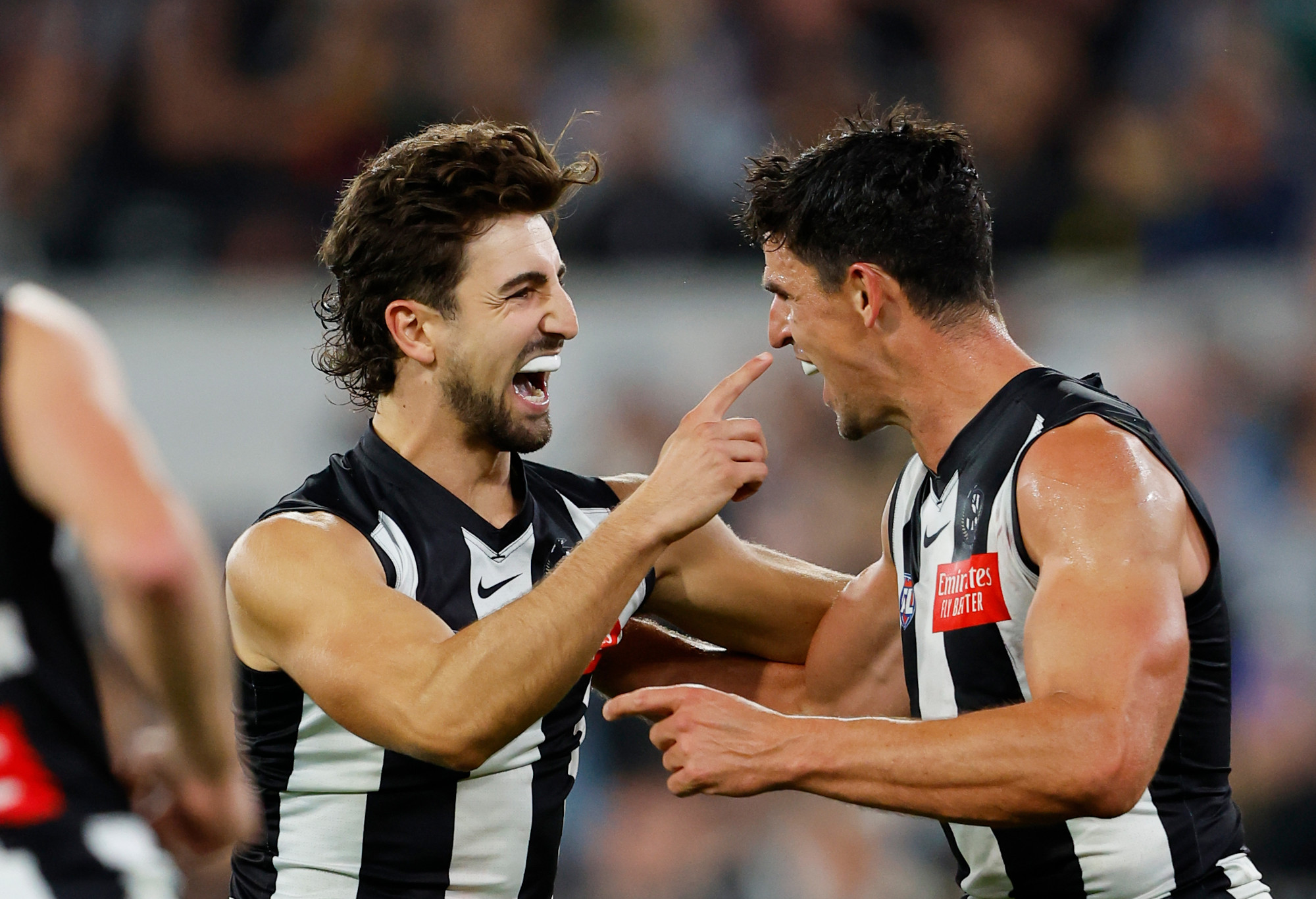
Josh Daicos celebrates a goal with Scott Pendlebury. (Photo by Dylan Burns/AFL Photos via Getty Images)
Jobe Watson is the archetype. His first three seasons at Essendon were seemingly without any natural position, and offered no clues for his transformation to a premier on-baller comparable to dad Tim.
Grandfather/father/son product Josh Kennedy’s three seasons and 13 games at Hawthorn were not enough to earn him a similar reprieve. Sydney were the beneficiaries of a further 277 games as one of the game’s best midfielders.
In a terrible 2025 for Carlton, the one upside has been the mid-career breakout of another third-generation talent. Finally entrusted in a key defence post that his father made his own, Jack Silvagni now looks at home.
While not a father-son, Ed Richards has produced a similar career trajectory with footy luminaries: his grandfather (Ron), great uncle (Lou) and great-great grandfather (Charlie Pannam Sr). A role player of four seasons to midfield contributor for one and a half, Richards has become an AFL star in 2025 at the age of 26.
Even one of the greatest ever, Gary Ablett Jr, was a relatively speculative 40th pick at the AFL Draft – younger brother Nathan was even seen as the bigger family prize for the Cats.
Ablett Jr’s first five seasons showed flashes of brilliance as a creative small forward, but only the Cats knew the true potential that was finally unlocked in 2007 as a midfield maestro.
It was reported at the time of Josh Daicos’ drafting that dad Peter was careful not to expose him to too much football too early, to balance the huge expectations that would inevitably come with the Daicos name.
When Nick came along, that bridge had already been crossed.
It could be the weight of family names, or the more strategic sheltering against it, but there is a trend that says the rewards are greater for less heralded father-son picks in years four and five onwards.
In the AFL today, genetics eventually matter.
Currently, the sons of AFL players of varying paths (Anderson, Nick Daicos, Andrew Brayshaw, Josh Daicos, Tom Liberatore) fill five of the top 20 on the AFLCA votes table, with Richards’ unique linage giving a sixth family product among the elite.
And then there’s Sam Darcy, who may well be the most dominant forward of the next generation.
Whether its qualifying players for 100 games for future pay-off or holding on to slow-developing offspring until their hereditary footy chip computes, getting your father-son romance right is paying off more than ever.
